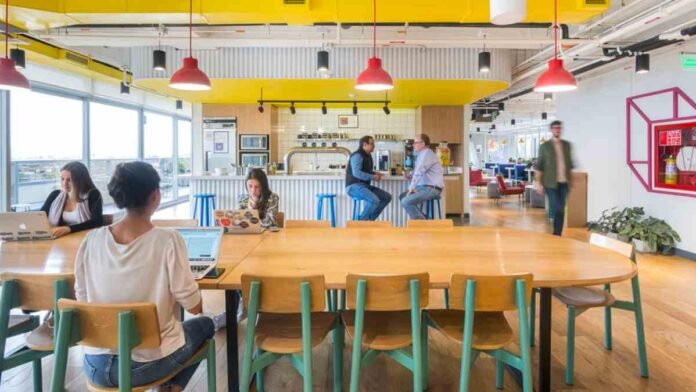As remote work becomes increasingly popular, companies are looking for flexible workspace options that allow for collaboration and community. This article explores how coworking spaces can provide the perfect solution to the remote work dilemma.
In recent years, the notion of shared working spaces has experienced extraordinary growth, particularly during the pandemic, when businesses adjusted their operating model and adopted a new normal – remote and hybrid forms of working. According to studies, the supply of co-working spaces in metro and non-metro areas is likely to exceed 60 million square feet by 2023.
From 2022 to 2027, the sector is expected to develop at a compound annual growth rate (CAGR) of roughly 6%. Coworking spaces are intended to house a wide range of enterprises and individuals from many walks of life, and industry participants have been adopting imaginative steps and developing novel tactics to make shared work spaces more inclusive.
Co-working spaces give a real area for remote employees to gather to work, communicate, and network, which may be especially advantageous for people who work from home and may feel alone or unmotivated.
Co-working facilities may provide remote employees a sense of camaraderie and support. High-speed internet, meeting rooms, office equipment, digital access cards, online booking, individual access control systems, online visitor registration, elevators, automated doors, CCTV cameras, and other related facilities can assist remote employees be more productive and efficient. Furthermore, by sponsoring events and seminars, giving chances for learning and professional development, and providing significant networking possibilities, co-working spaces may encourage a spirit of cooperation and innovation among employees.
Furthermore, co-working spaces have flexible membership options, allowing people and enterprises to simply pay for the time and resources used. Co-working spaces are set to play an essential part in the future of modern-day corporate operations as the number of remote employees grows.



